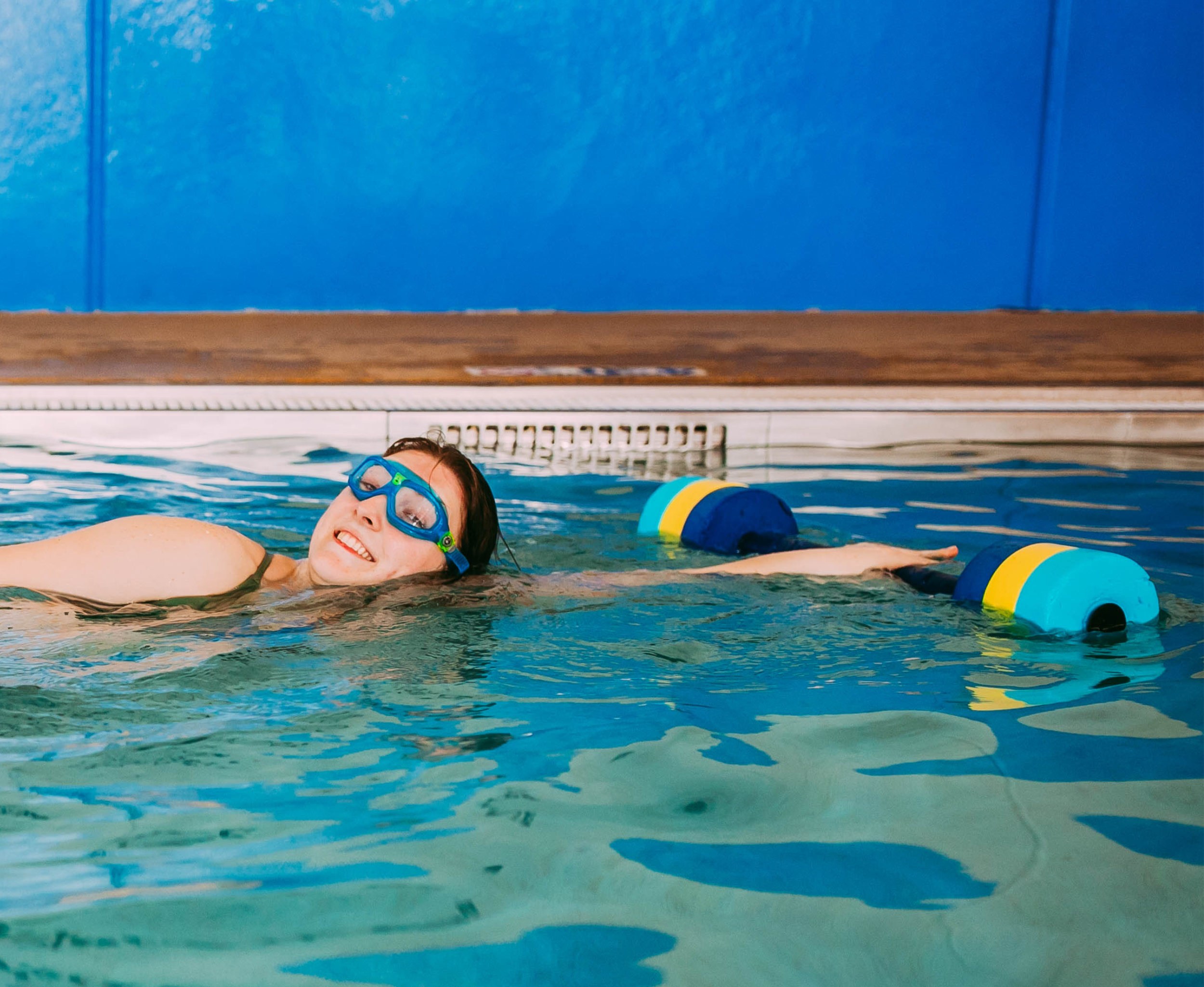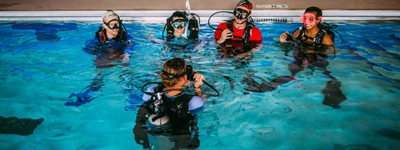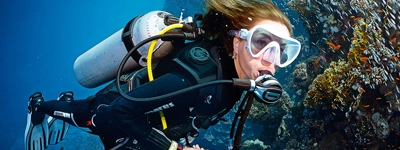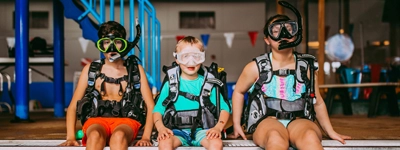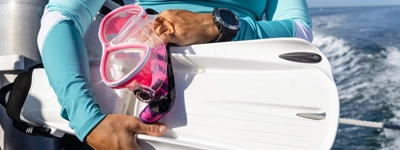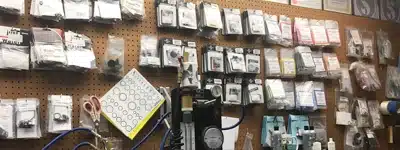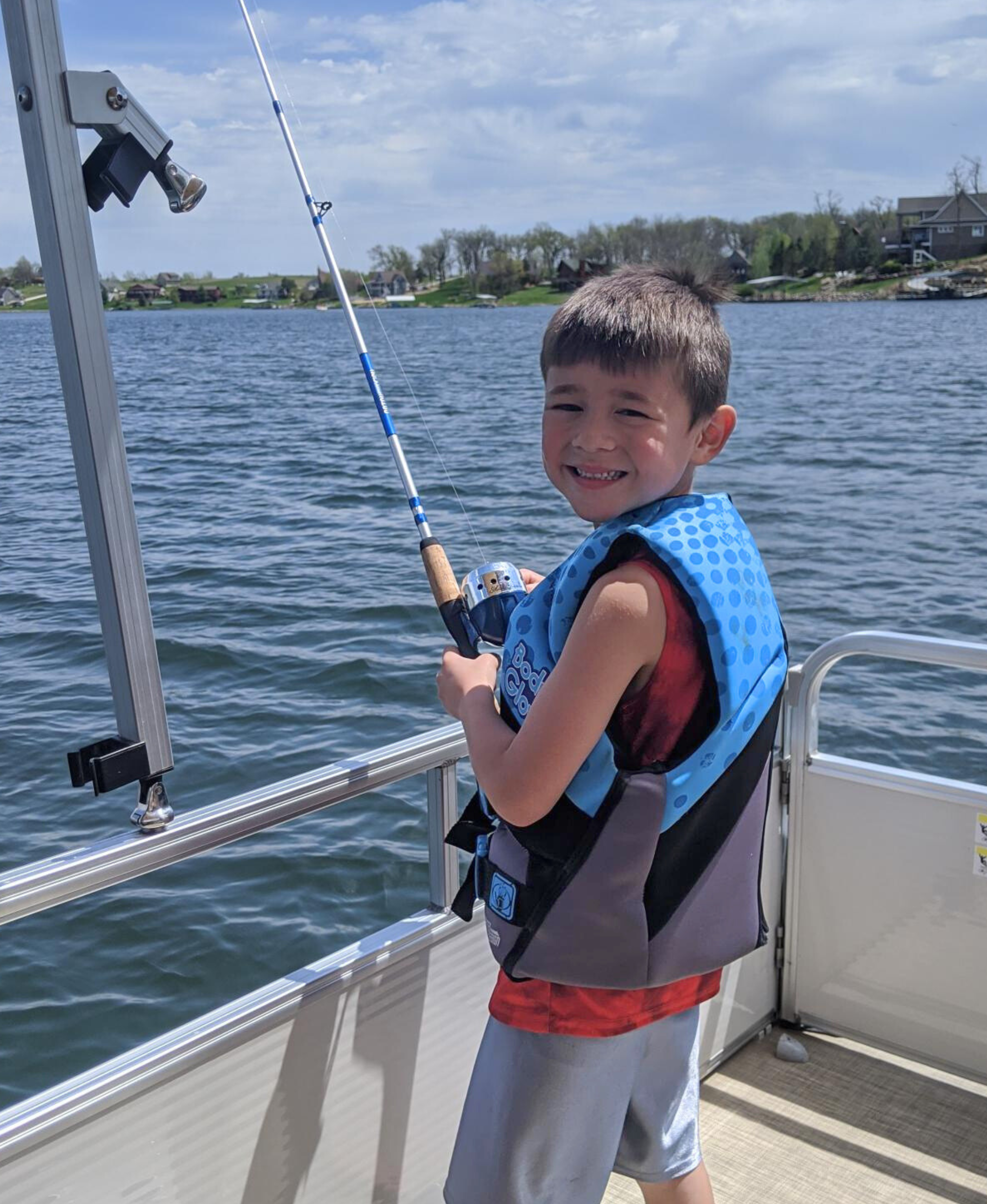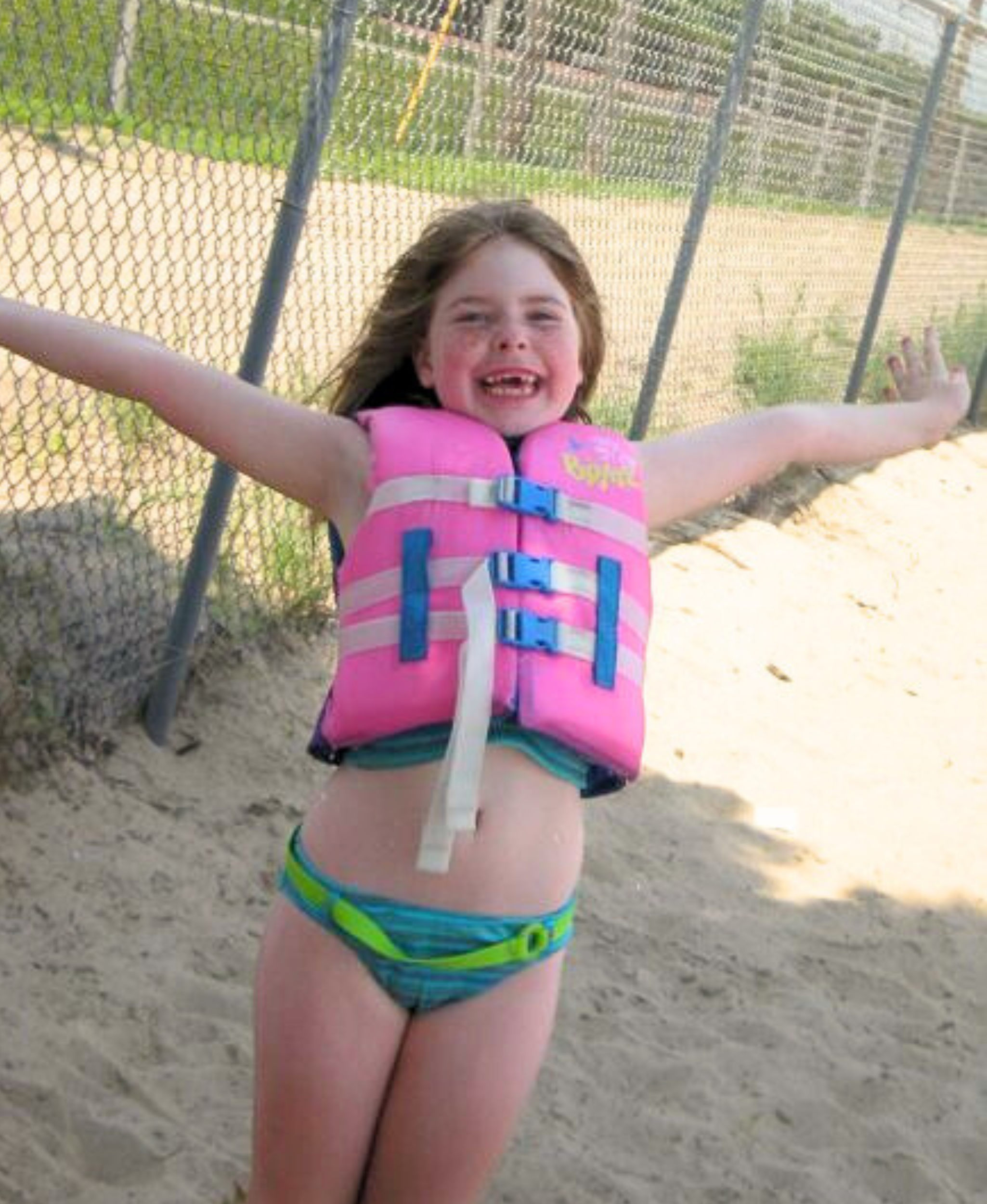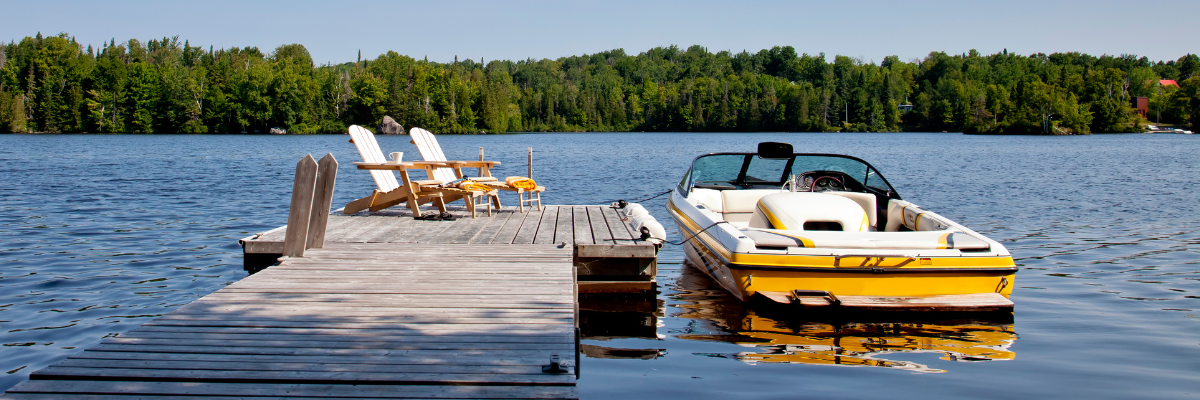
Boating with your children can create memories that will last a lifetime. Whether you’re cruising on a lake or navigating the open sea, the key to a fun day on the water is safety.
At Diventures, we believe that with the right precautions, you and your little ones can confidently enjoy all the joys of boating. Here are our top safety tips for keeping everyone safe while having a blast out on a boat.
Review Water Safety & Rules With Kids
Before venturing onto a water vessel such as a boat, canoe, or kayak, review water safety and establish clear rules with children of all ages. Talk about how to get on and off the boat, why we stay seated when the boat’s moving, what the captain will be watching for, and why we keep our hands and feet inside the boat (especially when docking). You can review these rules at home and on the car ride to your boating destination, too, to reinforce them.
Life Jackets
Before you even step foot on the boat, make sure everyone has a properly fitting life jacket. It’s essential for all passengers, but especially for kids. Choose a life jacket that’s U.S. Coast Guard-approved and designed for your child’s weight and size. The goal is a snug fit. To check the fit, pull up on the shoulders of your child’s life jacket; and tell them to raise their arms and relax. If the jacket fits, your child’s chin and ears won’t slip through.
Remember, the best life jacket is the one they’ll wear, so let them pick a fun color or style they like!
Sit Down & Hold On
Never Sit On The Edge
Captains Are Adults
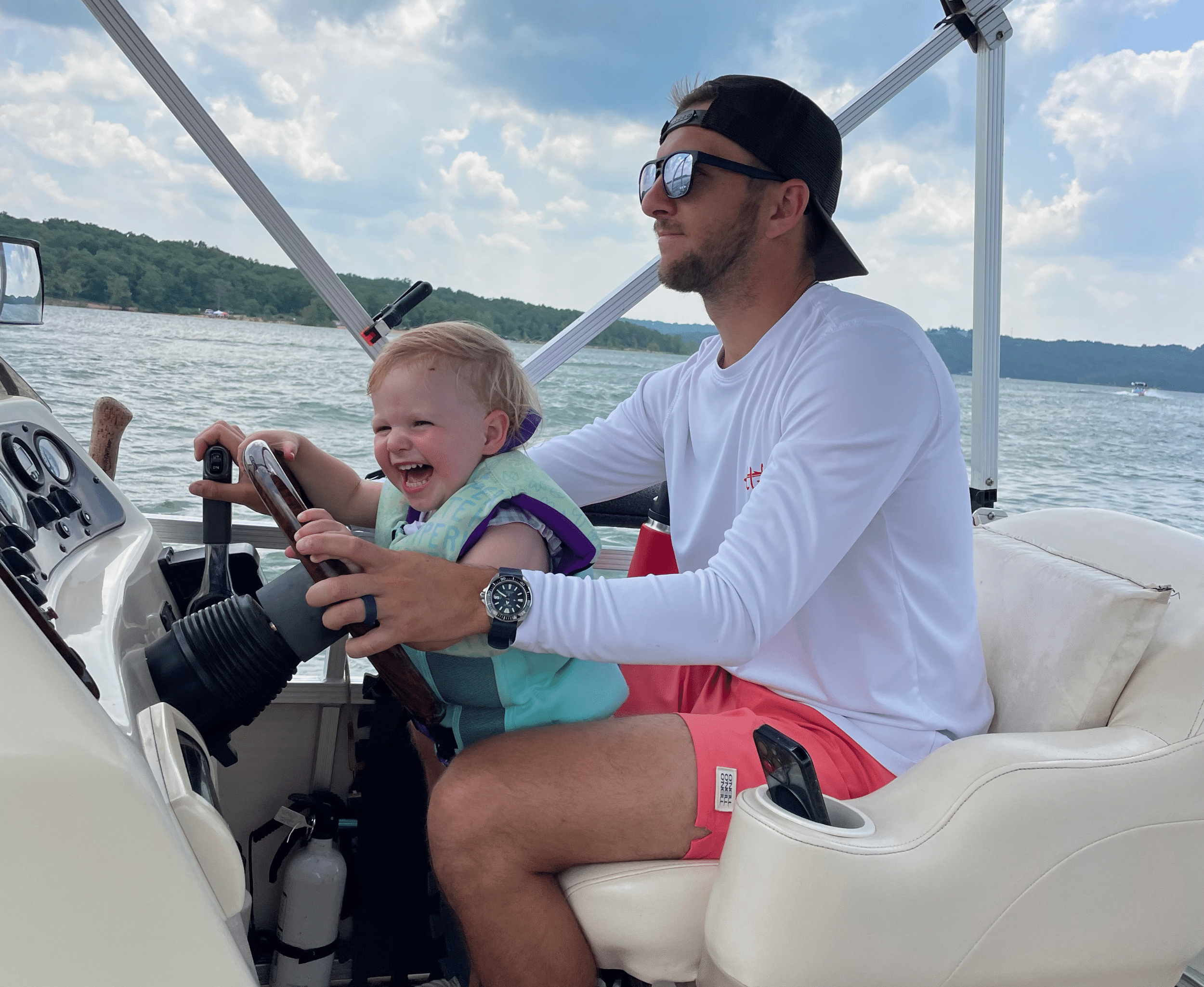
Permission To Exit
Caution Behind Boats
Safety Tips For Parents When Boating
Check The Weather
Weather can change rapidly on the water, so always check the forecast before you venture out on a boat. If storms or high winds are predicted, it’s best to reschedule for another day.
Even if the weather forecast looks ideal for boating, you should check the forecast throughout the day to stay updated on any sudden changes that could impact your safety.
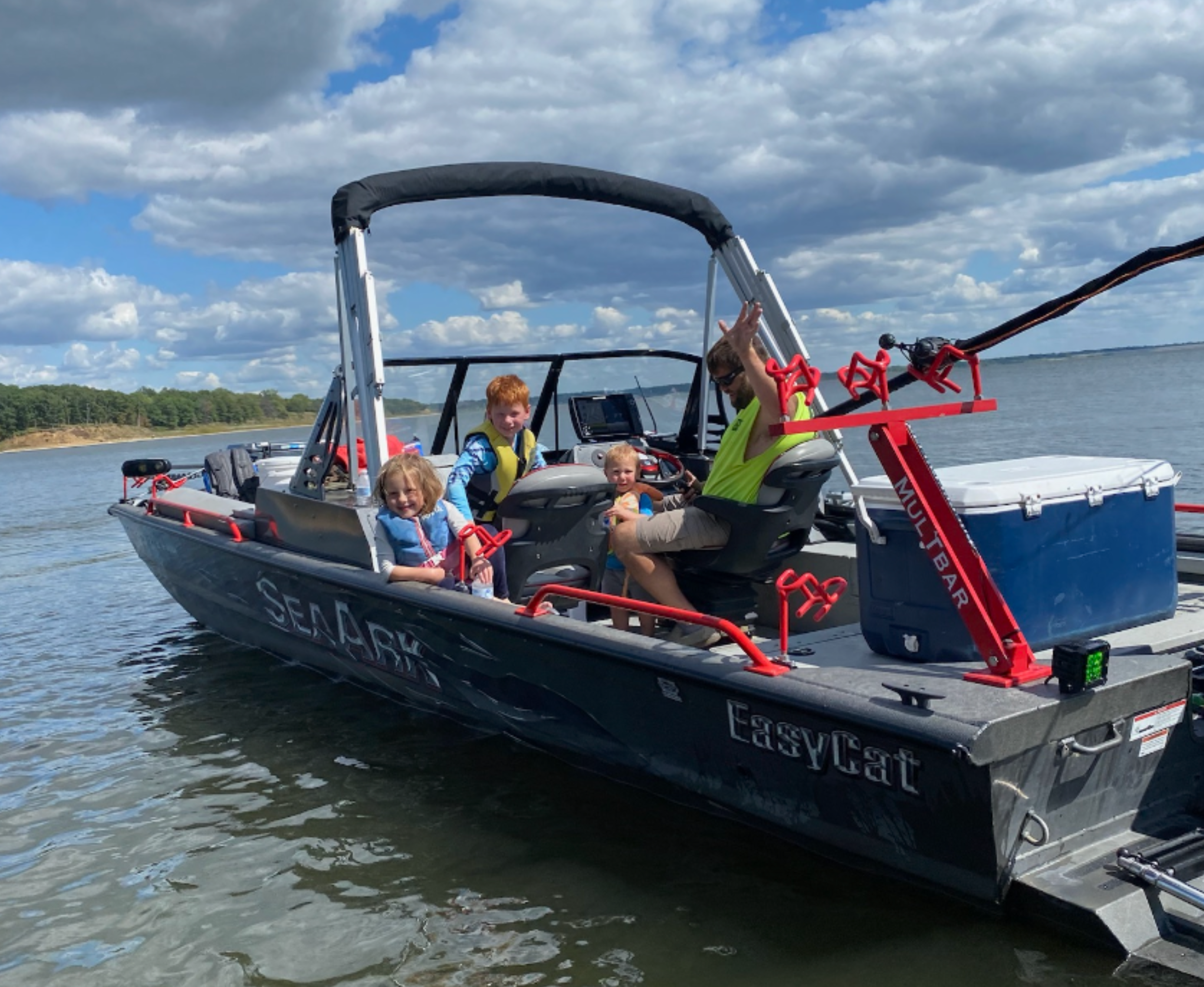
Supervision Saves Lives
Supervision is the number one safety rule when it comes to safety in and around the water. Make sure that at least one adult is keeping a close watch on all children while near or on a boat.
Consider assigning a “Water Watcher” to keep a vigilant eye on children, and rotate the duty among sober and responsible adults so everyone gets time to enjoy the trip.
Be A Role Model
Kids learn by watching, so when adults practice water safety rules diligently, they demonstrate the importance of staying safe in and around the water.
By following boating protocols, and water safety rules, adults not only protect themselves but also set a positive example for their own children, children around them, and even adults.
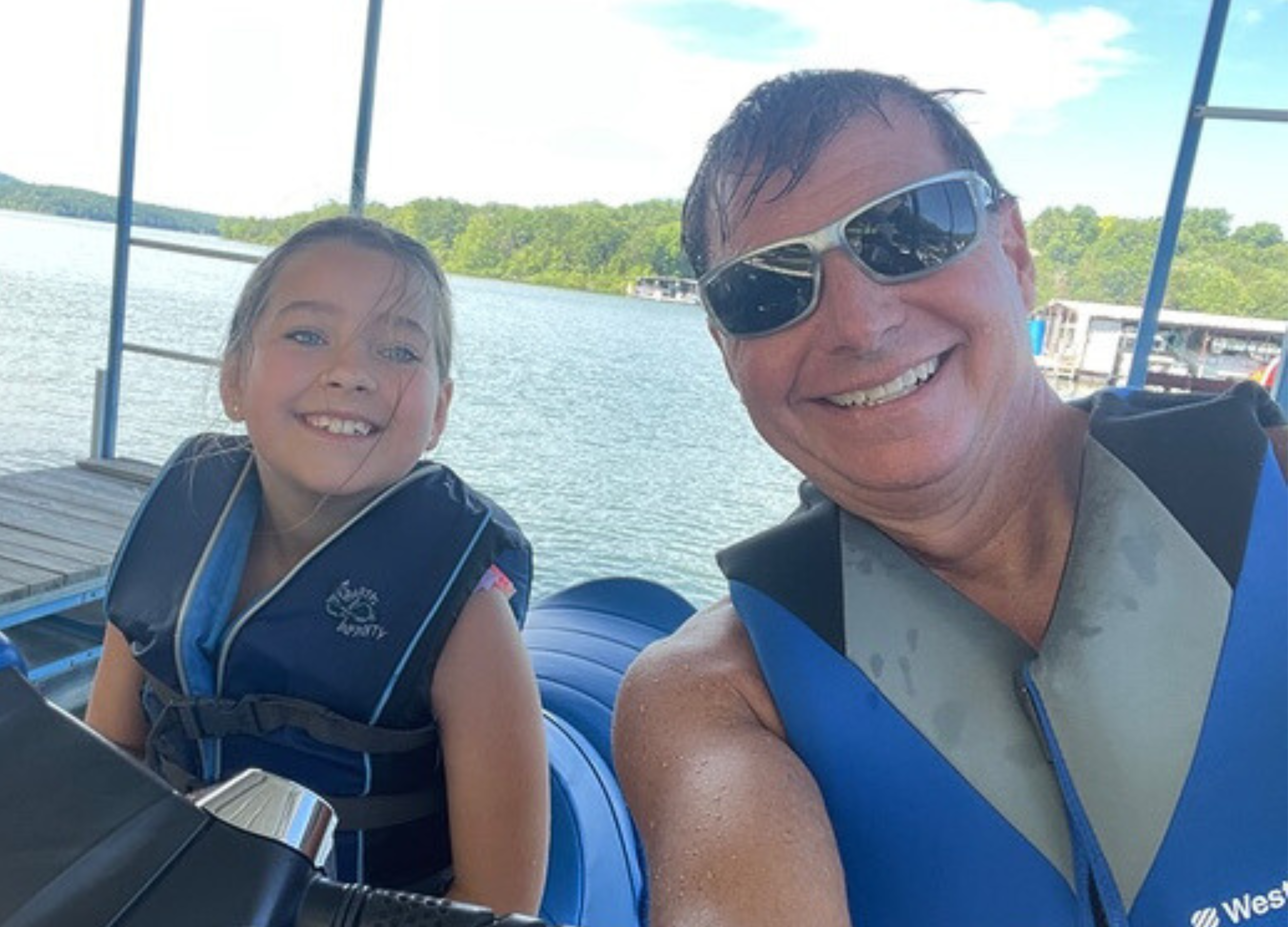
First Aid On Board
Be Cautious With Attachments
While using leashes or harnesses to attach children to the boat might seem like a way to keep them close, these can be extremely dangerous in unfortunate situations. If you need to evacuate the boat quickly or if rough waters cause someone to go overboard unintentionally, you may not have time to remove the attachment in time.
Adult Swim Lessons
